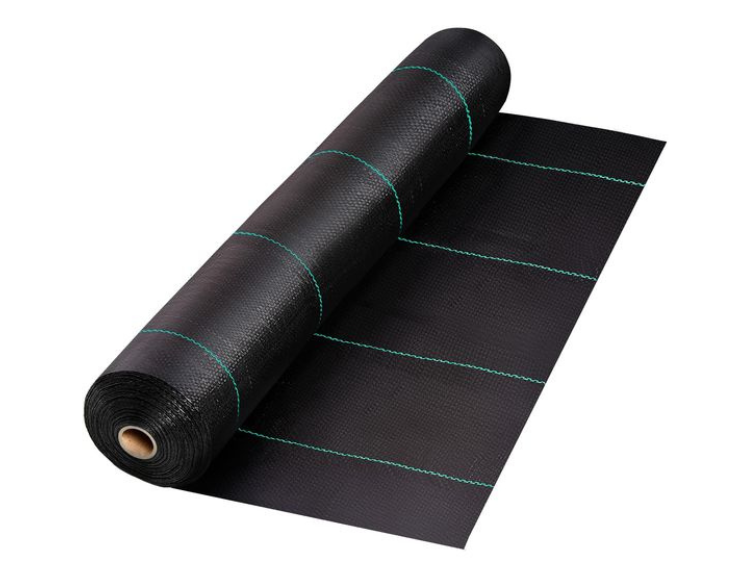India’s infrastructure sector is experiencing phenomenal growth, with ambitious projects planned and underway across the nation. To ensure the longevity and success of these projects, utilizing the right materials is crucial. Geotextiles, manufactured by specialized geotextile manufacturers, play a vital role in various infrastructure applications, offering a range of benefits that contribute to project stability and performance. However, selecting the correct geotextile fabric for the specific project requirements is paramount for optimal results.
This article explores the importance of selecting and using the right geotextile fabric for Indian infrastructure projects. We’ll delve into the functions of geotextiles, the key factors to consider when choosing a fabric, and the benefits associated with proper selection.
Understanding Geotextiles and Their Functions
Geotextiles are permeable fabrics typically made from synthetic polymers like polypropylene or polyester. They come in various forms, including woven and non-woven, each offering distinct properties. These fabrics perform a multitude of functions in infrastructure projects, including:
Separation:
Geotextiles prevent the intermixing of different soil layers, maintaining the integrity and stability of the base course. This is particularly important in road construction and retaining wall applications.
Filtration:
The permeable nature of geotextiles allows water to pass through while retaining soil particles. This prevents clogging of drainage systems and protects the subgrade from erosion.
Reinforcement:
Certain types of geotextiles reinforce by distributing the load over a larger area, enhancing the stability of structures like embankments and slopes.
Drainage:
Geotextiles facilitate the flow of water within the soil profile, preventing waterlogging and potential foundation failures.
Erosion Control:
Geotextiles act as a barrier against wind and water erosion, protecting soil surfaces and promoting vegetation growth.
Famous Geotextile Quote:
“The right geotextile, properly installed, can be the unseen hero of a successful project.”
Choosing the Right Geotextile Fabric:
With a diverse range of geotextiles available, selecting the most suitable fabric for your project requires careful consideration of several factors:
Project Application:
The specific function the geotextile will perform (separation, filtration, reinforcement, drainage, or erosion control) dictates the fabric’s properties.
Soil Conditions:
The type of soil on the project site (clay, sand, gravel) influences the required permeability and strength characteristics of the geotextile.
Hydraulic Conditions:
The expected water flow rates and pressure within the project area determine the required water flow capacity of the geotextile.
Strength Requirements:
The geotextile needs to possess sufficient tensile strength and puncture resistance to withstand anticipated loads and project stresses.
Durability:
The fabric’s lifespan should align with the project’s design life, considering factors like UV resistance and chemical compatibility with the surrounding environment.
Consulting with a geotechnical engineer or experienced geotextile manufacturer is highly recommended when selecting a fabric. They can guide you through the selection process, ensuring you choose the most appropriate geotextile that meets your project’s specific needs and local conditions.
Benefits of Using the Right Geotextile Fabric:
Selecting the correct geotextile fabric offers a multitude of benefits for Indian infrastructure projects, including:
Enhanced Project Performance:
The right fabric optimizes the intended function, leading to improved separation, filtration, reinforcement, drainage, or erosion control.
Increased Project Lifespan:
Proper geotextile selection contributes to structural stability and minimizes long-term maintenance costs.
Reduced Environmental Impact:
Geotextiles promote soil stability, minimize erosion, and improve drainage, all of which contribute to a more sustainable project.
Cost Savings:
Choosing the right fabric first-hand reduces the need for costly replacements due to improper selection or premature failure.
Conclusion:
Geotextiles are a valuable asset for Indian infrastructure projects, offering a range of benefits by performing critical functions like separation, filtration, reinforcement, drainage, and erosion control. Selecting the correct geotextile fabric plays a vital role in maximizing project performance, lifespan, and cost-effectiveness. By collaborating with experienced geotechnical engineers and geotextile manufacturers, you can ensure the success of your project and contribute to the long-term sustainability of India’s growing infrastructure landscape.
 :
https://in.pinterest.com/hpbl2023/
:
https://in.pinterest.com/hpbl2023/












